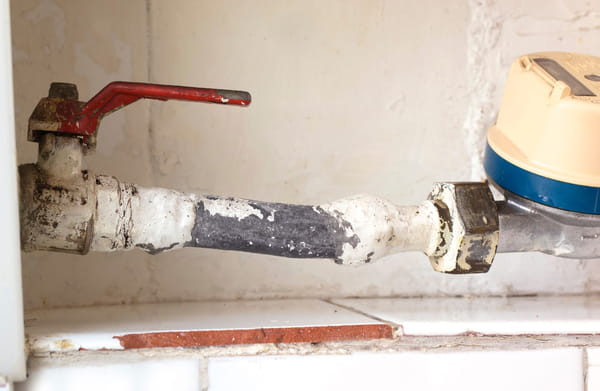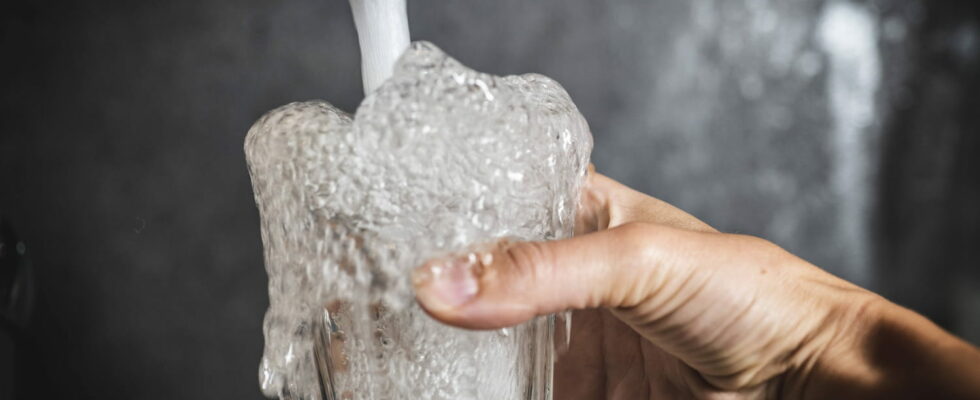Tap water remains the best water for your health and that of the planet. But you still have to choose where to use it. In this room of the house, drinking tap water is not without risk.
For good or bad, all water used in French homes is, unless explicitly indicated otherwise, drinkable. From the kitchen to the bathroom, including toilets, laundry rooms, and even garden hoses, the distribution networks supply them all with drinking water. However, does this mean that you can drink it from any tap? While it seems obvious that you should avoid pouring yourself a glass from the toilet, drinking the water that flows from the tap in certain rooms of the house is also not recommended. It could even cause headaches, feelings of fatigue, and memory loss.
The reason? Possible lead poisoning caused by aging plumbing. Depending on when a house was built, it is possible that the plumbing fixtures were made from lead pipes since until the 1950s, this material was the most commonly used in plumbing. It is a particularly strong and malleable metal, flexible and resistant, therefore easy to work with.

The first measures against the use of lead in pipes only date back to 1995. It is in fact a very toxic material, especially for the youngest. Its absorption by the body can cause gastrointestinal and memory disorders, loss of appetite, anemia and in the worst cases irreversible diseases. It is therefore better to check and change your pipes if they are still made of lead or install water filters.
And the room most at risk is the bathroom. Why? First of all because the water is more stagnant in the bathroom, because it is used less often. The risk of bacteria forming there and its quality deteriorating is therefore greater. Kitchen faucets are more suitable for water consumption. Then, many users filter their tap water before drinking it. But if in doubt, it is always possible to have your water tested.
In some parts of the world, such as England, the health risk associated with bathroom water is increased tenfold because it is often stored in tanks located on the roofs of homes. However, these tanks are subject to external elements; the water they contain can, for example, be contaminated by animals, parasites and bad weather. Fortunately, in France, the water transmission systems are underground.
